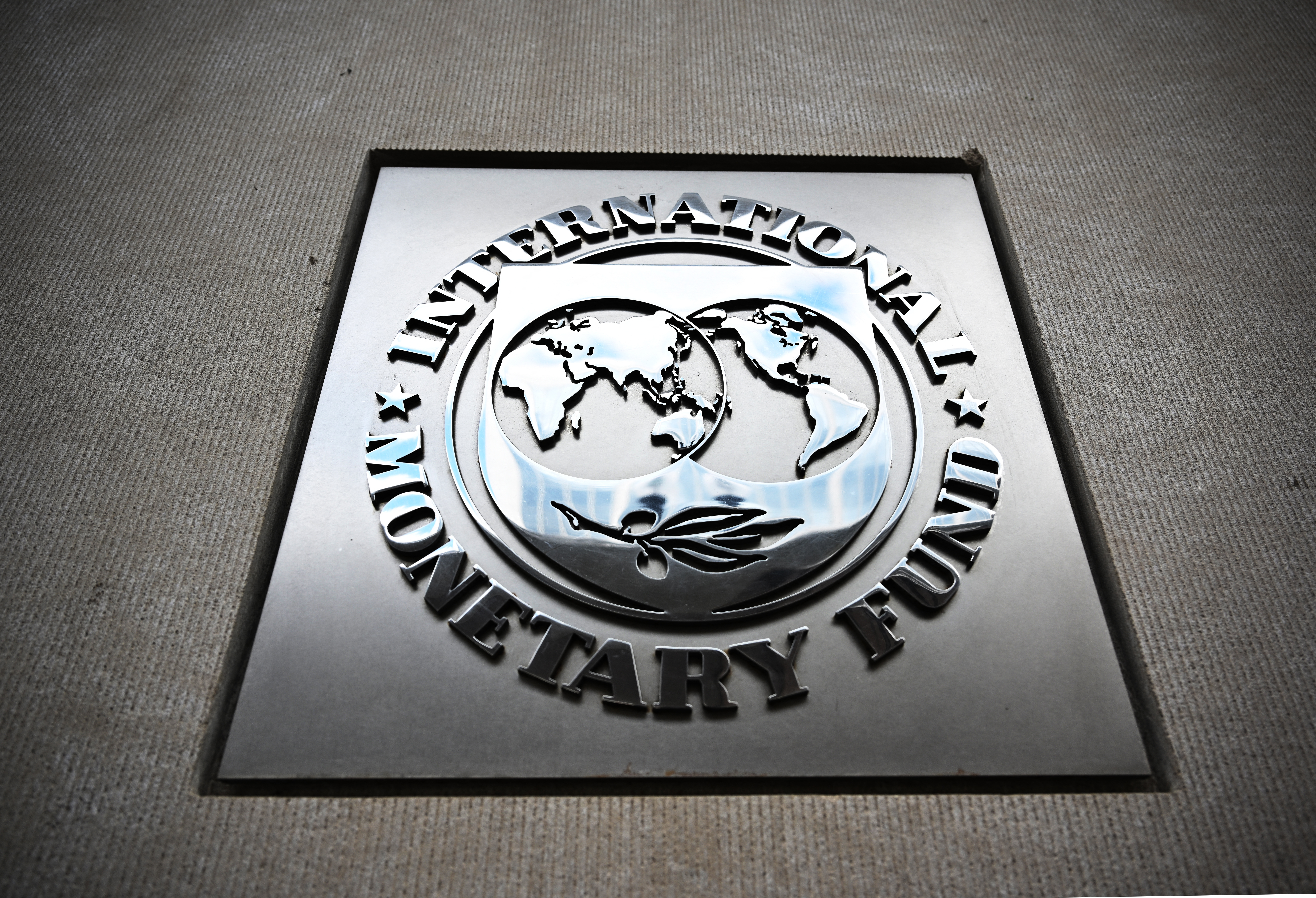
The seal of the International Monetary Fund is at the headquarters building in Washington, DC, April 12, 2024, in Washington, DC, ahead of the IMF/World Bank 2024 Spring Meetings. —Photo by Mandel Ngan | Agence France-Presse)
MANILA, Philippines —The International Monetary Fund (IMF) wants the Bangko Sentral ng Pilipinas (BSP) to consider disclosing more information about its balance sheet strategy to give the market a sense of certainty even during normal times.
For instance, the IMF said the BSP may want to publish more information about the size of its portfolio of government securities (GS), which remains “substantial” despite declining since the central bank’s large purchases of state bonds during the COVID-19 pandemic.
“Going forward, the BSP could usefully communicate a strategy for the size of its balance sheet in normal times … to provide more certainty to market participants,” the Washington-based Fund said in its latest country report.
READ: IMF: Time for BSP to use rate tweaks vs supply shocks
At the height of pandemic lockdowns in March 2020, recall that the BSP opened a daily purchase window for GS in the secondary market to inspire confidence in the local financial markets amid heightened risk aversion at the time.
That move helped maintain big banks’ demand for government bonds despite the pandemic-induced economic meltdown. That, in turn, translated into stable funding costs for a government that had to finance an expensive pandemic response.
Apart from opening a buying window, the BSP had also provided short-term, zero-interest loans to the government, which was fully paid off in May 2022. The central bank has since implemented an exit strategy from extraordinary monetary accommodation as the economy recovered.
READ: IMF: PH made significant progress in addressing money laundering
Impact of RRR cut
In the same report, the IMF said monetary authorities may also notify the market about the impact of the latest reduction in banks’ reserve requirement ratio (RRR) on the balance sheet of the BSP.
RRR refers to the percentage of deposits and deposit substitute liabilities that banks must set aside and keep with the BSP, which they cannot lend out. This is to ensure that lenders are able to meet their liabilities in case of sudden withdrawals.
Last year, the BSP cut the RRR for big banks and nonbank financial institutions by 250 basis points (bps) to 7 percent, while the RRR for digital banks was slashed by 200 bps to 4 percent.
The BSP likewise reduced the RRR for thrift banks by 100 bps to 1 percent. Meanwhile, the reserve requirement for rural and cooperative banks was removed.
“The announced reduction in reserve requirements will lead to a welcome decline in financial intermediation costs and better align reserve requirements with regional peers,” the IMF said.
“Changes in the RRR need to be factored into the overall monetary policy stance and coordinated with any changes in the size of the BSP balance sheet,” it added.

